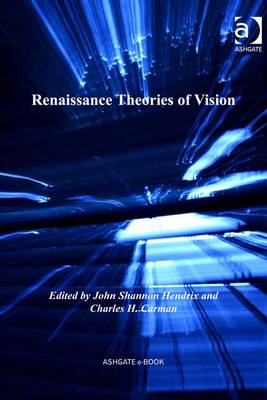Visual Culture in Early Modernity
2 total works
Material Bernini
Bringing together established and emerging specialists in seventeenth-century Italian sculpture, Material Bernini is the first sustained examination of the conspicuous materiality of Bernini's work in sculpture, architecture, and paint. The various essays demonstrate that material Bernini has always been tied (whether theologically, geologically, politically, or in terms of art theory) to his immaterial twin. Here immaterial Bernini and the historiography that sustains him is finally confronted by material Bernini.
Central to the volume are Bernini's works in clay, a fragmentary record of a large body of preparatory works by a sculptor who denied any direct relation between sketches of any kind and final works. Read together, the essays call into question why those works in which Bernini's bodily relation to the material of his art is most evident, his clay studies, have been configured as a point of unmediated access to the artist's mind, to his immaterial ideas. This insight reveals a set of values and assumptions that have profoundly shaped Bernini studies from their inception, and opens up new and compelling avenues of inquiry within a field that has long remained remarkably self-enclosed.
Renaissance Theories of Vision
How are processes of vision, perception, and sensation conceived in the Renaissance? How are those conceptions made manifest in the arts? The essays in this volume address these and similar questions to establish important theoretical and philosophical bases for artistic production in the Renaissance and beyond. The essays also attend to the views of historically significant writers from the ancient classical period to the eighteenth century, including Plato, Aristotle, Plotinus, St Augustine, Ibn Sina (Avicenna), Ibn al-Haytham (Alhazen), Ibn Sahl, Marsilio Ficino, Nicholas of Cusa, Leon Battista Alberti, Gian Paolo Lomazzo, Gregorio Comanini, John Davies, Rene Descartes, Samuel van Hoogstraten, and George Berkeley.
Contributors carefully scrutinize and illustrate the effect of changing and evolving ideas of intellectual and physical vision on artistic practice in Florence, Rome, Venice, England, Austria, and the Netherlands. The artists whose work and practices are discussed include Fra Angelico, Donatello, Leonardo da Vinci, Filippino Lippi, Giovanni Bellini, Raphael, Parmigianino, Titian, Bronzino, Johannes Gumpp and Rembrandt van Rijn.
Taken together, the essays provide the reader with a fresh perspective on the intellectual confluence between art, science, philosophy, and literature across Renaissance Europe.

